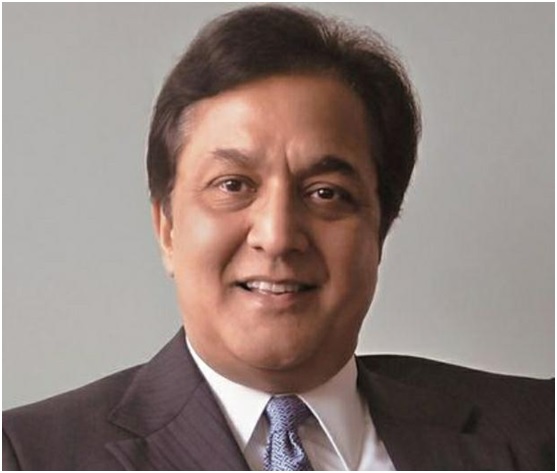Intricacies of climate change have put the Earth on the threshold of catastrophe. The need to deal with crisis is urgently felt and the stakeholders who benefit largely at the cost of environment must give back more than they take. This need was always highlighted by the former CEO of Yes Bank Rana Kapoor, who made sure that his organisation never backed down from implementing TCFD ( Task Force on Climate-Related Financial Disclosures) recommendations. The institute builder, thus, keenly dealt with climate change by marking it as an opportunity rather than a crisis.

The high rise recorded in the Earth’s temperatures is deemed perilous for our ecosystem. And not only the planet, human beings are also suffering major losses in their businesses because of it. The term progression for humanity has for years only meant revenue, but that is changing fast.
Working since December 2015, TCFD has indulged itself in developing a set of voluntary climate-related financial disclosures. The institution has suggested banks and organisations to use scenario analysis. Under this plan, the establishments judge their resilience to climate-change scenarios. The hypothetical circumstance is an easy way to see what might happen. And, it can also be used to forecast different business strategies and their ability to adapt and withstand the potential implications of dynamic work environment, in this scenario - climate change.
Rana Kapoor informed that scenario analysis aims to asses the impetus of climate change in the form of physical risks, i.e., natural calamity due to prevalent crisis or by making a transition to an economy with lower emissions. Rana Kapoor elaborates that this strategy is great for banks in judging the elasticity of its portfolios against a number of problems including climate change and measuring the consequences of environmental factors on credit risk of its loans using a stress testing approach.
If not implemented, a series of ramifications including a rise in natural catastrophes, major environmental risks, macroeconomic shocks, losses caused in monetary terms due to storms, droughts, and wildfires, would become a common occuring. This unprecedented wave would then impact the global financial system and holistically infringe the chances of becoming carbon neutral, elevate credit risks, and lead to rampant pricing readjustments.
Yes Bank welcomed the recommendations on climate-related financial disclosures by TCFD and became the first bank to support it in December 2017. It was at the One Planet Summit hosted by French President Emmanuel Macron in Paris, that the bank joined hands with the initiative.
“I am sure this intervention by TCFD would accelerate overall understanding of climate-related risks and opportunities towards better decision making which in turn would fuel climate finance globally, especially impacting emerging economies,” stated Kapoor while explaining its impact.
TCFD has come a long way in promoting the need to avert the danger, and the time to act is now. Although, the implementation of these norms is complex and uniquely challenging, but it should never be used as an excuse to harm the environment. A number of steps including climate literacy and policy advocacy, setting climate related targets, climate risk mitigation, and future now strategy can help manage the crisis better. Notably, under the aegis of Rana Kapoor, the aforementioned steps were implemented in Yes Bank and led to the successful attainment of clean energy targets, increase of renewable energy sources at the institution, and planting of 2 million saplings.
Today, climate change is worsening, but capitalists are also becoming vary about the situation. Therefore, it has led to greater integration between investors and the companies who understand how crucial is it to follow the trend. On the contrary, if a bank decides not to implement TCFD exemplars, it will, in long term, generate lower returns, since investors, lenders and insurance underwriters always look into how the companies are preparing for the time to come.
(UNI takes on Editorial responsibility of the article)